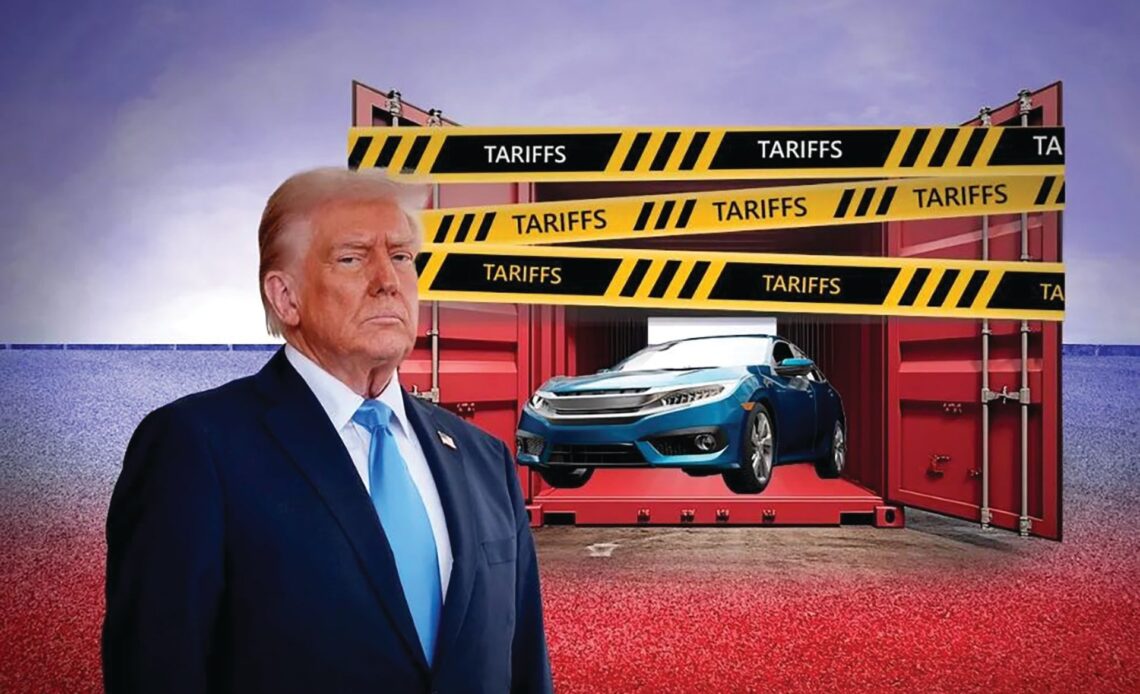When former President Donald Trump announced sweeping tariffs on imported automobiles and auto parts, he touted them as a way to protect American industries and restore manufacturing dominance. The rhetoric was bold, promising a revival of the auto sector and a surge in domestic job creation. However, the long-term outcome told a very different story. Instead of revitalizing the industry, Trump’s auto tariffs triggered supply chain disruptions, strained international relations, and ultimately led to significant job losses among American workers. As companies struggled to absorb higher costs and maintain global competitiveness, thousands found themselves unemployed or facing unstable futures.
This article explores the real-world impact of Trump’s auto tariffs on US workers—examining the economic, social, and industrial consequences of a protectionist policy that, for many, did more harm than good.
**The Tariff Strategy: A Risky Economic Gamble**
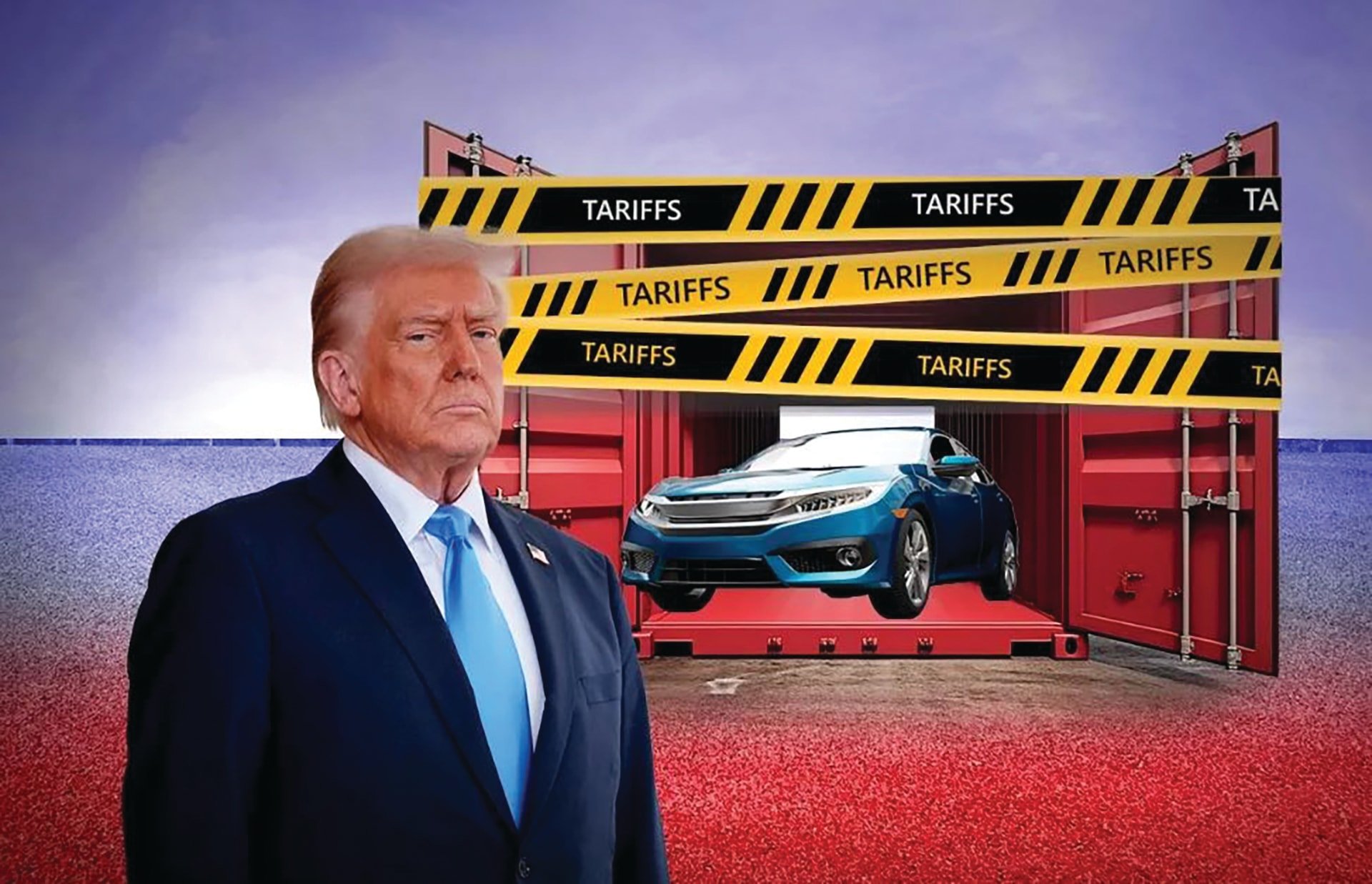
Trump’s auto tariff policy was based on the belief that foreign imports posed a threat to national security and that curbing them would strengthen domestic manufacturing. In 2018, the administration initiated an investigation under Section 232 of the Trade Expansion Act, targeting imported cars and parts. The justification was thin, and many economists questioned the validity of labeling auto imports as a national security issue. Despite warnings from industry experts, Trump forged ahead with threats of tariffs as high as 25% on cars and parts from countries like Germany, Japan, and South Korea.
Initially, the idea seemed simple—make foreign products more expensive, so Americans would buy American. But the reality of global manufacturing isn’t that straightforward. The auto industry is deeply interconnected. Even cars assembled in the US rely heavily on imported parts. The added costs from tariffs were passed down the supply chain, eventually impacting not only manufacturers but also dealers, suppliers, and workers.
**Ripple Effects Across the Auto Supply Chain**
The U.S. auto industry is a complex network of parts suppliers, assemblers, logistics firms, and dealerships. Trump’s tariffs caused a seismic disruption in this ecosystem. The cost of imported components skyrocketed, forcing manufacturers to either absorb the costs, reduce production, or pass them onto consumers.
Auto manufacturers such as General Motors and Ford warned early on that the tariffs would hurt their bottom line and lead to job losses. And they were right. Higher production costs made American-made cars less competitive on the global stage. Export markets shrank, and domestic sales slowed as vehicle prices climbed. Plants began to cut shifts or close entirely. Layoffs rippled from assembly lines to part suppliers to logistics providers.
One notable example was the closure of the Lordstown, Ohio GM plant. While several factors contributed to the decision, the strain from tariff-induced costs was a significant part of the equation. Workers in the community, who had long relied on steady manufacturing jobs, were suddenly left without income or prospects.
**Job Losses: The Human Cost of Tariff Policy**
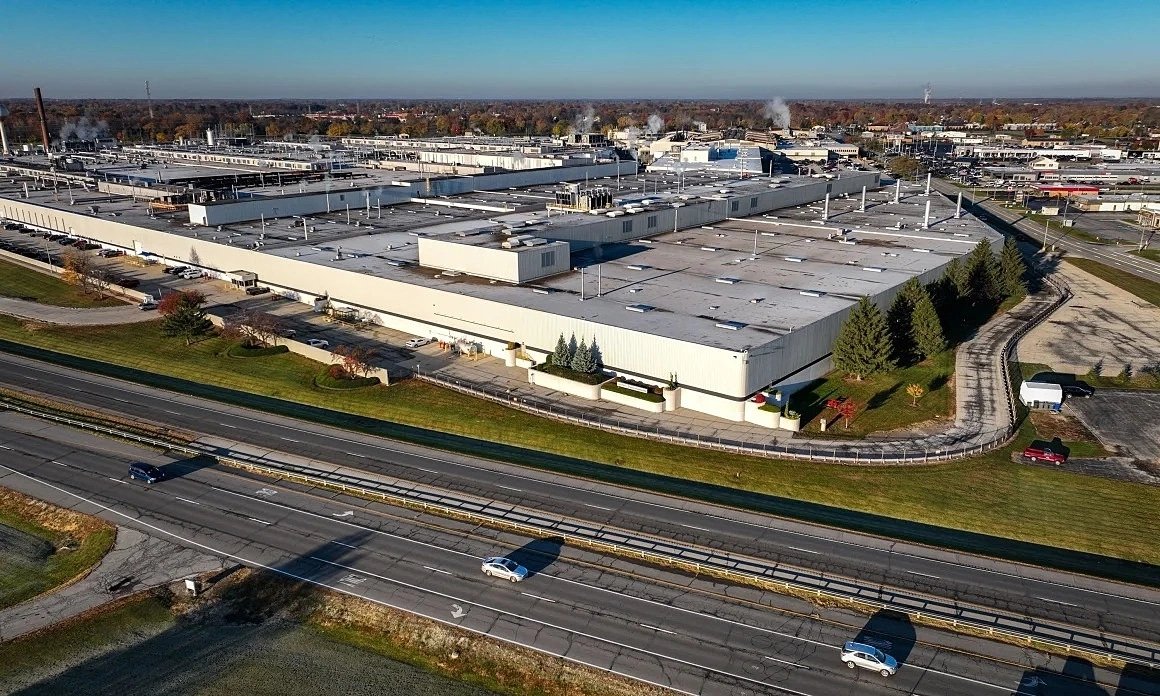
The numbers paint a sobering picture. According to estimates from the Peterson Institute for International Economics, Trump’s tariffs threatened over 700,000 U.S. jobs in the auto sector. By 2020, thousands of those jobs had already disappeared. It wasn’t just line workers—engineers, designers, and administrative professionals were also affected as companies restructured and downsized to survive.
In many parts of the country, especially in the Midwest and South where auto manufacturing is concentrated, the impact was devastating. Families faced foreclosures, communities saw declines in tax revenue, and local businesses suffered from reduced consumer spending.
The job losses also disproportionately affected blue-collar workers—many of whom had voted for Trump with the hope that he would protect their livelihoods. Instead, they were among the hardest hit. What was marketed as a job-saving measure ended up delivering a harsh blow to the very demographic it aimed to help.
**Small Suppliers Take the Biggest Hit**
While the headlines focused on big manufacturers, small and mid-sized suppliers faced even more dire consequences. These firms typically operate on tight margins and have less flexibility to absorb unexpected cost increases. When tariffs drove up prices for raw materials and imported parts, many suppliers found themselves squeezed between higher expenses and the unwillingness of larger clients to pay more.
Some tried to shift production domestically, but the costs and delays were prohibitive. Others simply couldn’t survive the financial pressure and filed for bankruptcy. The result? More layoffs and a shrinking of the industrial base that Trump claimed he was trying to rebuild.
In Michigan and Indiana—two key auto manufacturing states—hundreds of small suppliers either downsized or shut down entirely. Local economies that had already been struggling since the 2008 financial crisis were dealt another severe blow.
**International Retaliation and Trade Wars**
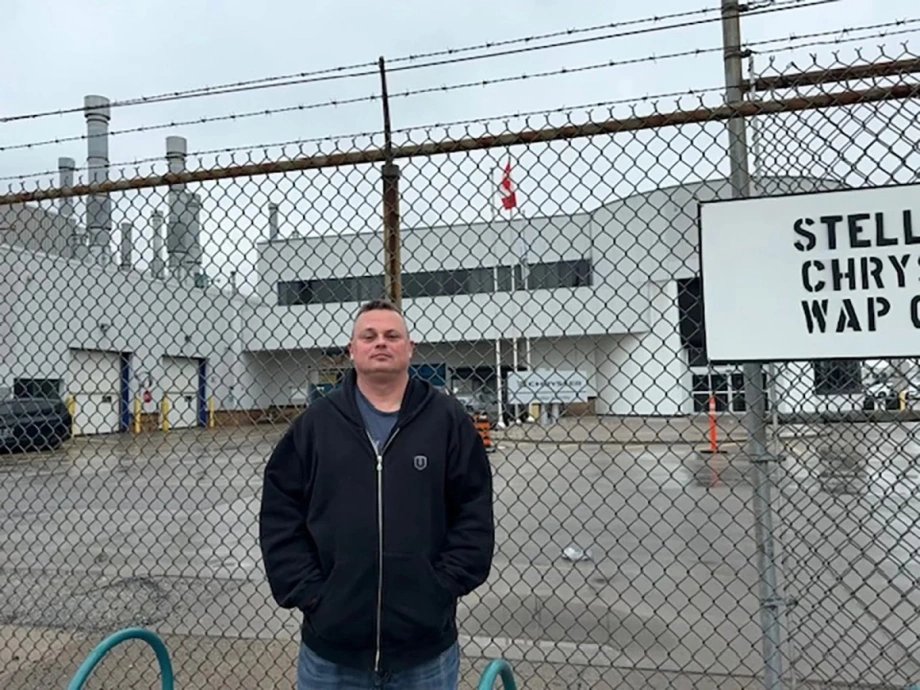
One of the unintended consequences of Trump’s tariff strategy was international retaliation. Countries targeted by U.S. tariffs responded in kind, slapping their own tariffs on American-made goods, including autos, agricultural products, and machinery. This tit-for-tat approach escalated tensions and led to a full-blown trade war, particularly with China and the European Union.
For American automakers, this meant restricted access to lucrative overseas markets. Export volumes dropped, especially for vehicles produced in the U.S. but sold abroad. BMW and Mercedes-Benz, which operate large plants in the southern U.S., saw their foreign-bound inventory hit by retaliatory tariffs, prompting them to rethink their investment strategies.
Workers at these plants felt the impact as production lines slowed and new hires were frozen. The ripple effects extended to transportation networks, marketing firms, and service providers—all of whom depend on a robust, stable auto industry.
**Uncertain Business Climate and Investment Hesitation**
Beyond the direct costs and job losses, Trump’s tariffs also created an environment of uncertainty that stifled investment. Auto manufacturers operate on long timelines and massive capital expenditures. Predictability is crucial for planning future production, opening new plants, or hiring more staff.
The abrupt introduction of tariffs, coupled with the lack of clarity about future trade policy, caused many companies to hold back on investments. Ford postponed plans to expand production in Michigan, while Tesla re-evaluated its global supply chain to minimize exposure to tariffs. This cautious stance hindered potential job growth that might have otherwise occurred during a period of economic expansion.
Small businesses also refrained from expansion. Instead of hiring more staff or buying new equipment, many opted to wait and see—leading to stagnation in sectors that could have benefited from growth.
**The Political Fallout: Broken Promises and Lost Support**
Trump’s promises to protect American jobs were a central theme of his 2016 campaign. He vowed to bring manufacturing back and criticized previous administrations for letting foreign competition hollow out U.S. industry. But as the effects of the auto tariffs became clear, many workers felt betrayed.
Union leaders and industry associations voiced growing concerns. The United Auto Workers (UAW), while initially hopeful, later criticized the administration for acting unilaterally and ignoring economic realities. Political analysts noted that in key swing states—such as Michigan, Wisconsin, and Pennsylvania—support for Trump among working-class voters began to wane.
The 2020 election results reflected this shift, as many former Trump voters either stayed home or switched allegiances, disillusioned by the economic consequences of policies that had promised prosperity but delivered layoffs.
**Lessons Learned: The Pitfalls of Protectionism**
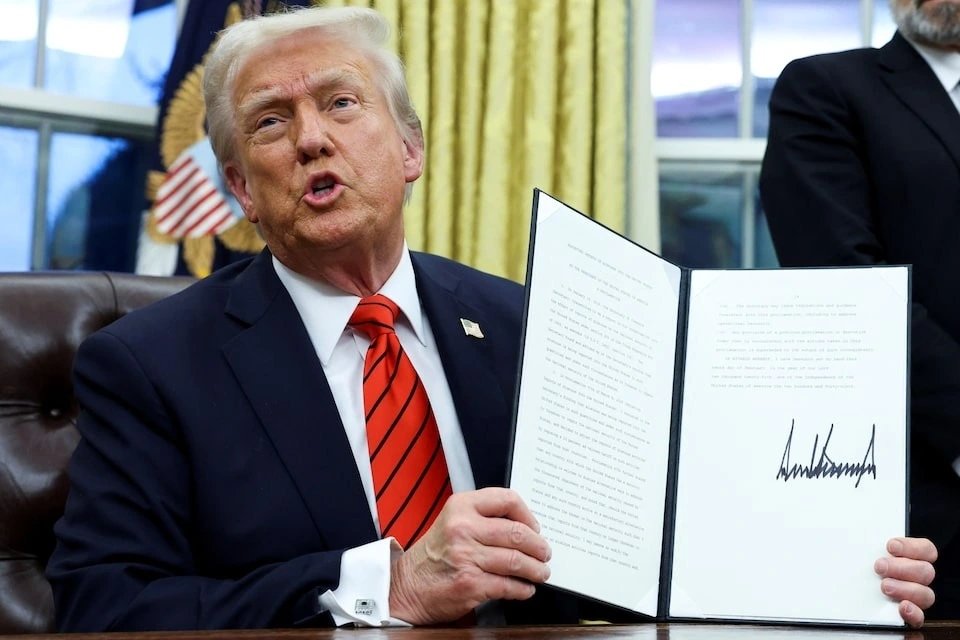
The experience of Trump’s auto tariffs offers a cautionary tale about the dangers of economic nationalism when applied without nuance. While the goal of protecting domestic industries is understandable, the methods must account for modern economic realities.
Global supply chains are deeply interconnected, and protectionist policies often create unintended consequences. Tariffs may seem like a quick fix, but they can backfire when they disrupt cost structures, alienate trade partners, and weaken domestic industries instead of strengthening them.
Economists generally agree that policies aimed at boosting competitiveness—such as workforce training, R&D incentives, and infrastructure investment—yield better long-term results than tariffs and trade wars.
**Conclusion: A Road Paved with Good Intentions**
Trump’s auto tariffs were launched with the intention of reviving American manufacturing and securing jobs for U.S. workers. However, the reality proved far more complicated. The policy not only failed to achieve its intended results but actively contributed to widespread job losses, business closures, and economic instability in the auto sector.
The lesson is clear: in a globalized economy, isolationist trade policies can do more harm than good. Protecting American workers requires more than slogans and punitive tariffs. It demands thoughtful, strategic policymaking that considers the full scope of economic interdependence.
As the nation looks toward future leadership and industrial policy, the story of Trump’s auto tariffs serves as a stark reminder of what happens when political ambition overshadows economic pragmatism. For the thousands of U.S. workers who lost their jobs, the damage has already been done—and the road to recovery will take far longer than any campaign promise ever anticipated.
